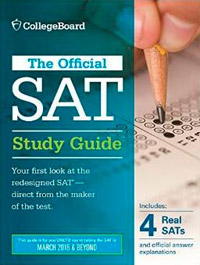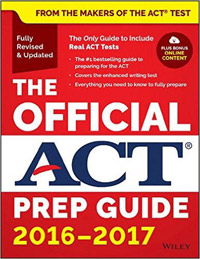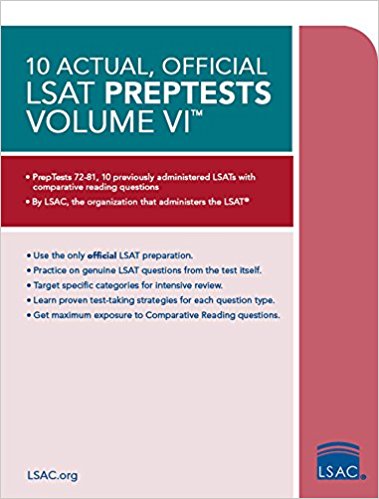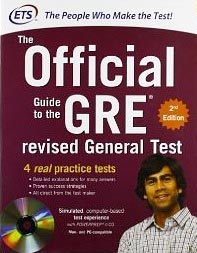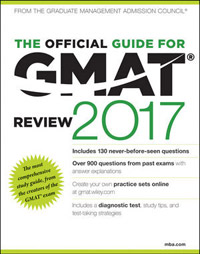|
I like to take the GMAT frequently, because it keeps me sharp. And every time I’ve taken the GMAT, I’ve managed to score somewhere in the 700s, with a low of 710 (92%)--hey, even smart-aleck tutors have bad days--to a (current) high of 770 (99%). Yes, like so many others, I’m still trying for that perfect 800--the GMAT is no joke and 800s are extremely rare. I did manage to get a perfect score on the SAT, so acing the GMAT is the next task on my to-do list.
When discussing the myriad challenges of the GMAT exam, we tend to focus on the mental challenges--after all, it’s a very difficult test. And we should--there are countless mental hurdles to overcome on the GMAT.
However, in addition to the mental aspect, there is also a physical aspect to test preparation, given the fact that we are all human and we all have bodies: some big, some small, some out of shape, some fit. Either way, we need our bodies, not just our minds, in order to fully succeed on the GMAT.
When I first started to prepare for and take the GMAT, I was in my early twenties, a time when I never really considered the physical challenges of the test. I was 22 and indestructible, of course. The average GMAT test-taker skews relatively young (27), but hey, even people in their 20s could improve their test-day performance by thinking strategically about the physical aspects of test-taking.
Today I am an older but wiser 35 years old, and taking the GMAT is a less of a mental challenge than it used to be. Nevertheless, it's a whole different challenge for my body. As I get older, I continue to get smarter (apparently we don’t start to lose our brain cells until age 55, or at least that’s what my newspaper told me). However, even though I try to take great care of my body, I also get physically, well, older--as they say, mother time is undefeated. Now, I get tired more easily, am more sensitive to what I eat and drink, and yes, it’s harder to sit in the same chair for 4 hours without some serious wrist and back pain. Some of you above 30 who are reading this definitely know what I’m talking about!
Here are my keys to mastering the physical aspect of the GMAT:
Scheduling the test to fit your bio-rhythms and sleep patterns. Luckily, the GMAT is offered several times a day, so if you’re not a morning person (I can relate), then you can schedule your test in the afternoon. Ideally, you should pick the four hours of the day when you feel the most productive.
Dehydration vs. hypohydration. Drink enough water to keep you thinking clearly, but not so much that you have to take an (unscheduled) bathroom break. You will not be able to drink water during the test, so take care of this before the test and during the breaks (most testing centers should have a water cooler available for this purpose).
What to eat the day of the test and the days leading up to the test. Be wise about what you eat and drink on the days leading up to the test. It’s not just what you eat on test day that matters--although I recommend something dense and high-calorie. Don’t worry about eating healthy on the day of the test--instead, eat healthy for one week beforehand.
Learning how to deal with nervousness and test anxiety. Yes, this is mostly a mental issue, but it’s also a physical issue. Think about what tend to you do with your body when you’re nervous (tapping your foot / doodling / scratching your head / etc.) , and try to find a way to control that. If you don’t make nervous gestures, then you’ll be less nervous (see #6).
Handling your scratch booklet and pen appropriately, and not writing too much down. I know that other GMAT tutors will recommend that you write down everything you can, but I feel that this advice does not fully reflect the timed reality of the GMAT. Given the clunkiness of the pens, the scoring algorithm and the rapid speed of the test, writing information down is simply not possible for every question. Be wise about which questions you “do the long way”--sometimes it’s simply not worth it to spend so much time on one question.
Utilizing proper posture and body language to create confidence. Studies have shown that “making oneself big” through whole-body stretches and other types of postures can actually increase your confidence, in the same way that forcing yourself to smile can actually make you happier (yes, it’s true). Conversely, negative body language such as slouching can have the opposite effect. Remember: your body language is a often a self-fulfilling prophesy.
Practice yoga in the months and weeks leading up to the test. If you are used to daily exercise, then by all means, exercise on the day of the test! In my experience, yoga is one of the most fulfilling forms of exercise and meditation. Since I started practicing yoga 5 years ago, I have become not only a better test-taker, but also a better person and father. Really, almost any form of exercise can help calm the mind before a test such as the GMAT. My only recommendation would be that instead of a 100% intensity workout, you try something more like a 50-75% intensity workout; you will need some energy for the test, so don’t use it all up before you arrive at the test center. I would also recommend that you give your wrists and hands a good stretch the morning of the test--you're going to be using your wrists, hands and fingers quite a lot.
That's all for today. Happy studies.
-Brian
Back to Blog Home
|


